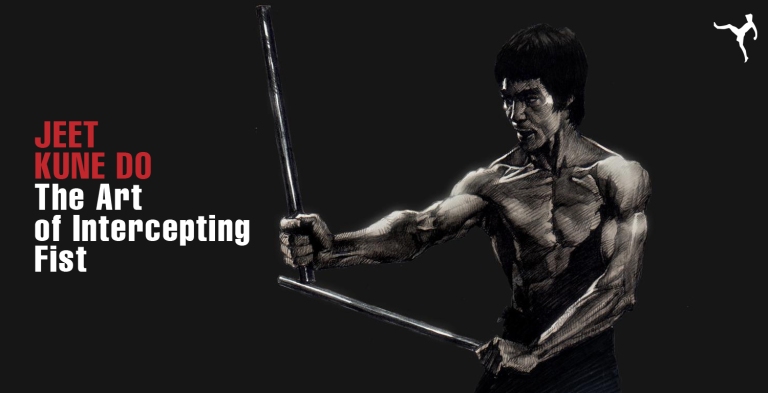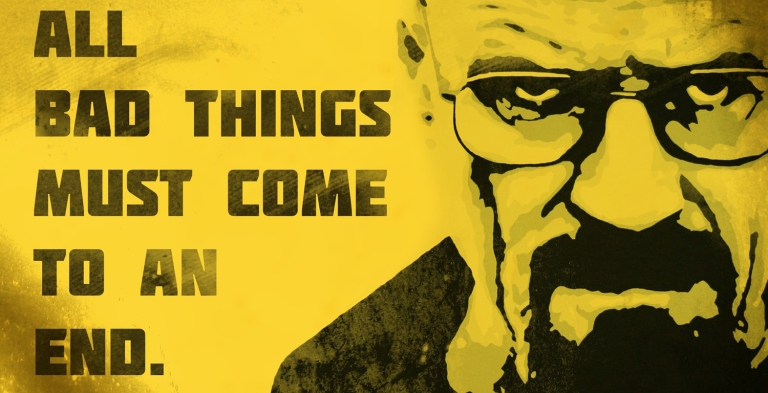Kalaripayattu is the exclusive martial arts legacy of Kerala, taken to China by the Buddhist monks which became the fabled model for the modern martial arts. All the modern day martial arts such as Kung-Fu, Karate, Judo, Kick-Boxing, Tai-Chi etc are believed to have been originated from Kalaripayattu.
History
The first written records of Indian combat appeared in the Lotus Sutra (600-500 B.C.), which says that nata (a form of boxing) was learned through dancing. Perhaps the first famous warrior of India was Buddha who was an expert fencer and pugilist and was possibly schooled in vajramushti, a brutal fighting art. When vajramushti was combined with Buddhist teachings, it gave birth to yoga and later became the foundation for the fourth-century art of kalaripayattu (aka kalari payat or kalaripayit,) which stressed attacking pressure points, weapons, yoga stretching and pranayama (breath control).
Although it is thought that Sage Parasurama founded kalaripayattu (art of wielding weapon in the arena, i.e., battlefield training) in the Indian state of Kerala, warrior Chieftain Thacholi Othenan, from the North Malabar area of Kerala, popularized the art in the 16th century. The ethnic Indian martial art of Kalari Payat (Kalaripayattu) – meaning ‘Battleground’ or ‘Gymnasium’ – (Kalari), ‘Method’ or ‘Art’ – (Payatt), has a special significance for practitioners of the Tibetan and Chinese martial arts. In tradition, the Shaolin Temple martial art of China was introduced by the Indian Buddhist Patriarch and founder of Ch’an’ (Zen) Buddhism; Bodhidharma (450-523 AD).
Training
Kalari training is traditionally carried out in an enclosure which is 21’ width and 42’ length. Such training grounds are constructed according to Vastu shastra and are considered as pious as a place of worship. The entrance faces the East and the place of deity is to the South West. The deity place has its seven steps symbolizing Strength, Patience, Commanding power, Posture, Training, Expression and Sound. Students attain the power to control the internal energy, breath, mental power and the power to focus by following the rituals and reciting mantras. Students are instructed not to sleep during the day time and are advised to sleep well at night. It is important that the students understand that Kalari is not only a means of self-defense but also a means to becoming determined and self-disciplined.
Kalari training can be started as early as seven years of age. Beginners start with training in balance and body flexibility and then move on to advanced lessons. Kalari requires speed, agility, and co-ordination of body parts. The training to become a Master includes training in Ayurveda and knowledge of human anatomy which helps in understanding vital nervous points.
The combat training can be divided into four categories
Meipayattu
Wearing Katcha or loin cloth and smearing his body with oil, the student after prostrating before the deities and the Gurukkal begins his initial training with Meithari system, which forms the foundation for the entire repertoire of Kalaripayattu training. Every conceivable form of stretching, turning and twisting of the body is mastered by practicing this. The body control exercise include swinging of the legs along with different methods of leaps and jumps. Concentration, agility, confidence, reflex action, physical and mental power are the result of Meithari.
Kolthari
The Second phase is known as Kolthari which involves training in wooden weapons like Kettukari 12 span staff and Cheruvati 3 span staff etc.Ottakkol is a special curved wooden weapon in the Kothari repertoire which serves as a training instrument for co-ordinating the intricate movements of the body and feet and also as a stepping stone to the proper execution of the advanced Kalaripayat techniques. Various sequences of Kolthari lead one to the proper understanding of mind and body in action.
Ankathari
The third and final phase of training is Ankathari or combat training with weapons. This begins with Kattarom or dagger, which is knife shaped metallic weapon for duels at close quarters which includes several locks and many elements of barehanded fighting techniques. Using Sword and shield in an efficient manner is considered to be the peak of perfection in Kalaripayattu. Various methods in the use of sword as a weapon of offence and defence are being practiced today; but most awesome among these is the ‘Puli Ankam‘ where the combatants fight like tigers. An extra ordinary control over the body, agility, a quick eye and a keen presence of mind are necessary for the mastery of the sword fight. Urumi is long flexible sword measuring about 6 feet in length and sharp at both sides. A warrior in mass attack uses this. If the wielding is not perfect, it may cause wounds on the user itself.
Verum Kai
This is the training for defence without using any weapon against an armed or unarmed person. In Verum Kai, different techniques of locking, gripping, throwing are taught. The student also learns the marma treatment as part of Kalari’s advanced study. Verumkai is said to be the advanced stage of Kalari. Master of the martial traditional order will impart this knowledge only to those students who are highly disciplined not only in Kalari but also in their daily life.
Many advanced elements of empty hand fighting is taught in the different sequences of Kathiyum Thalayum, in which one learns to defend onself with a common two meter long cloth on one’s own shoulder called the mundu.
Kalaripayattu has 108 marmas or pressure points. Marmas are actually pockets of Prana or vital energy cross points. You don’t need to strike–you can even frighten a guy to total submission. Basically unarmed Kalaripayattu deals only with Marma Adi–or lethal blows to vital meridian points. Kalari strikes used very little fist and palm. The wrist has too many bones– there is a limit to which a wrist can take stress– after which it pops–and that too permanently.
Kalari warriors wear the Urumi like a hidden belt around their waist. On their knees, they have satchels of coagulant turmeric power based medicine and several tourniquets.
Kalaripayattu helps to gain mental peace, physical strength and flexibility. The training includes exercise to develop sharp reflexes for unarmed combat and techniques of combat using daggers, sticks, sword and shield, long flexible sword called Urumi etc. Kalaripayattu encompasses an invigorating Ayurvedic herbal treatment for chronic ailments like Arthritis and Spondylosis and a massaging regimen which repairs physiological damages and makes the body young and supple. The Uzhichil or oil massage using specially medicated oil enables and enhances proper blood circulation and the removal of excess fat from the body. Kalaripayattu is not only a martial art that is also an Orthopaedic system, massage regimen, Ayurvedic treatment and a cultural experience that teaches self-defence and discipline.
_________________________________________________________________
Reinvent yourself! Take the first step. Sign up https://goo.gl/FWnXfG with us for your Trial Class.
For more information, visit www.fitnessfightclub.com









